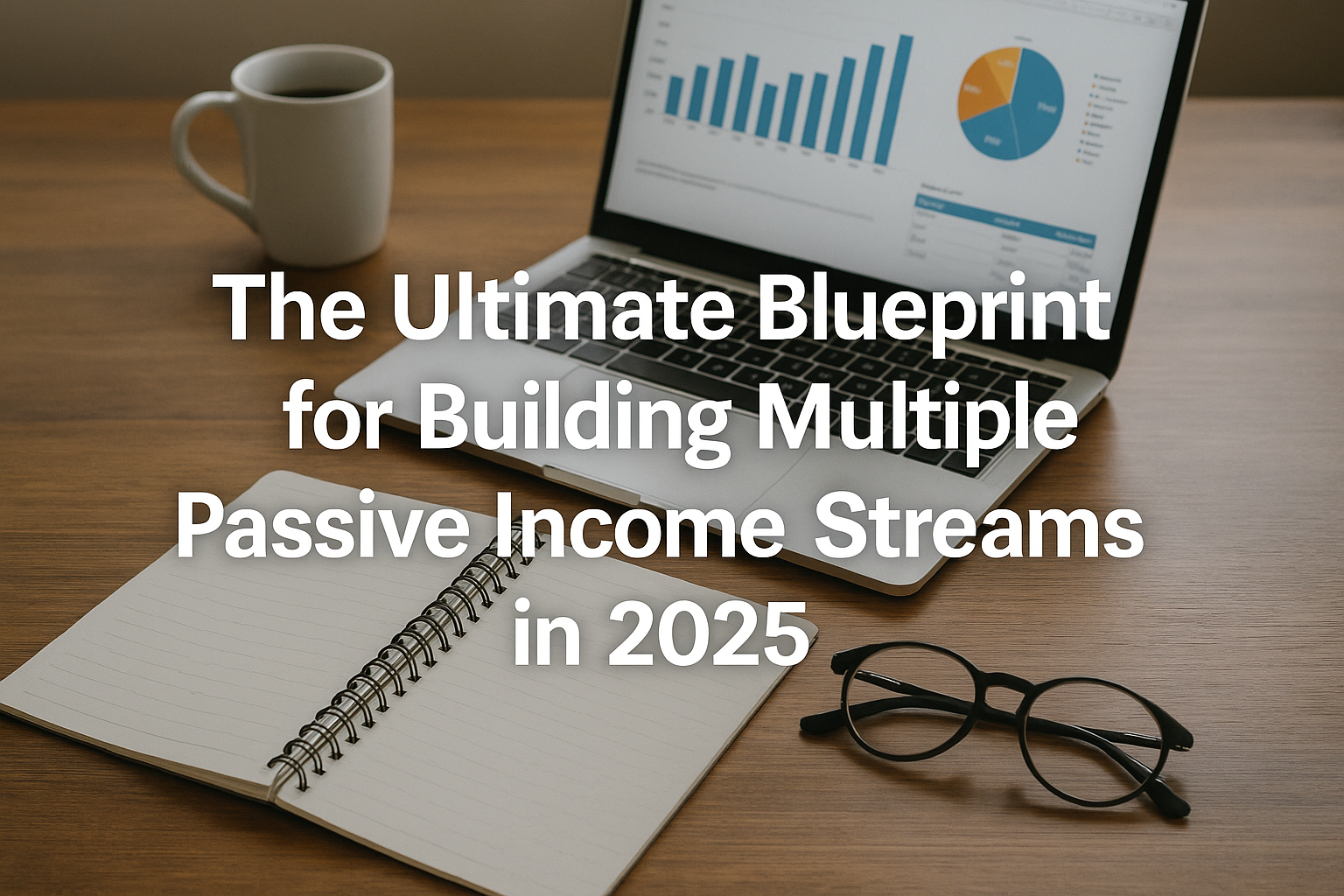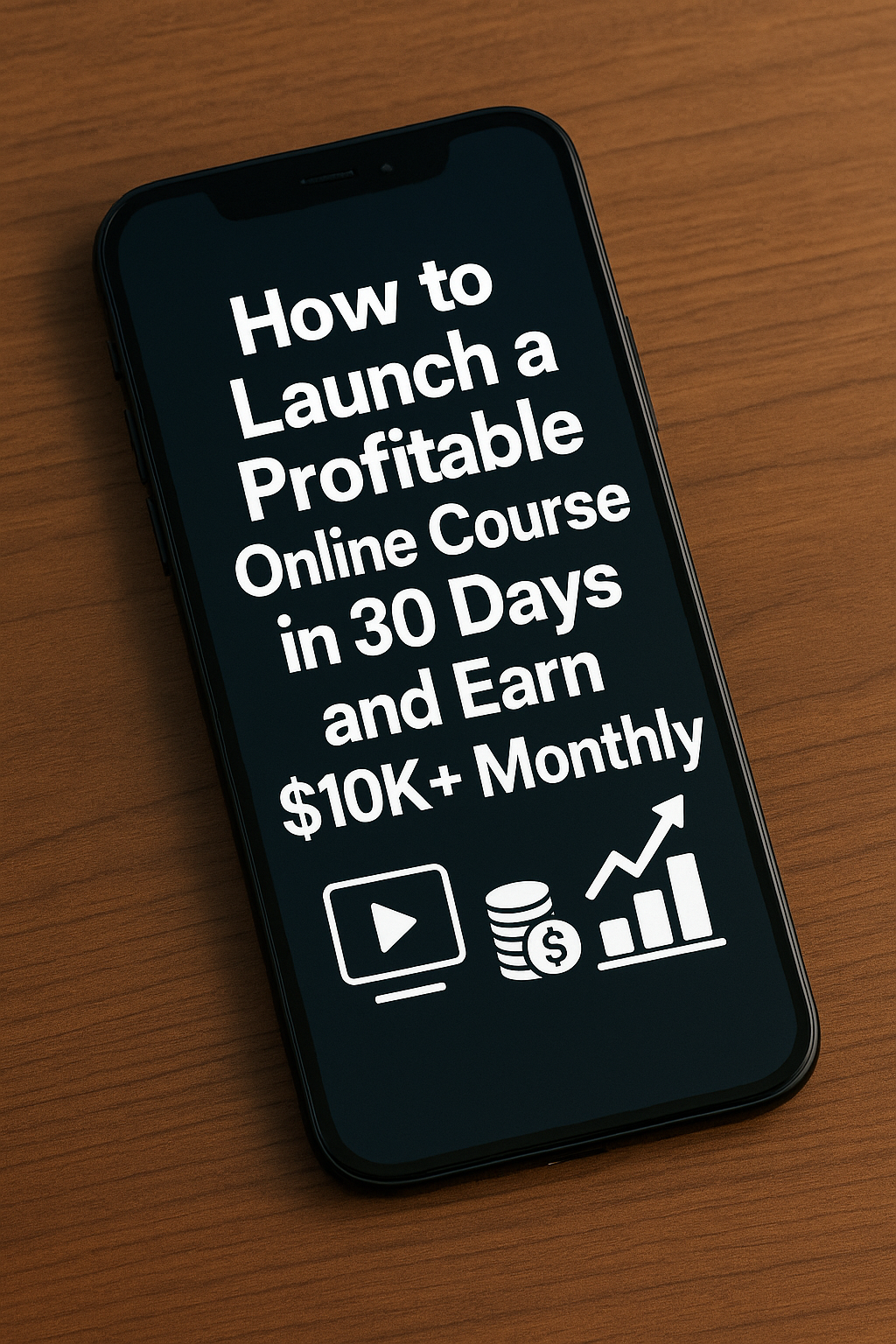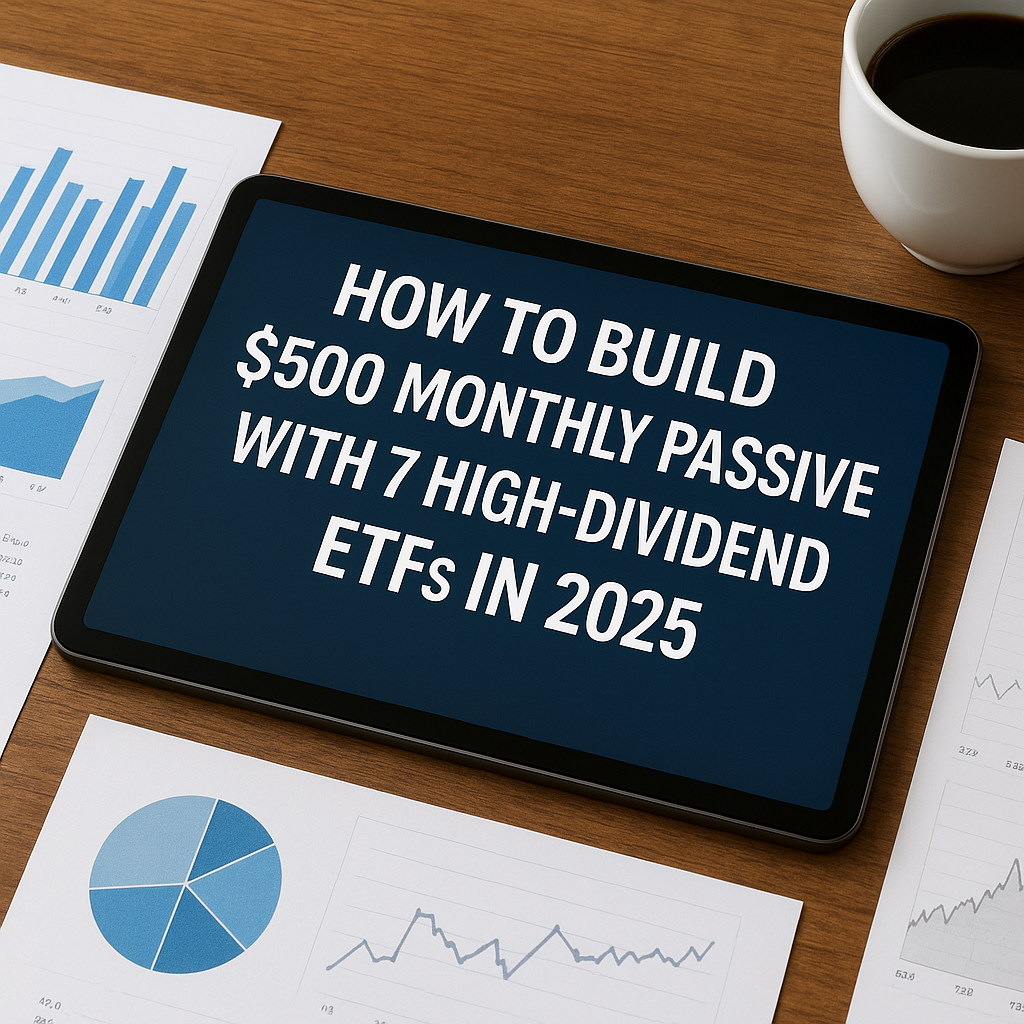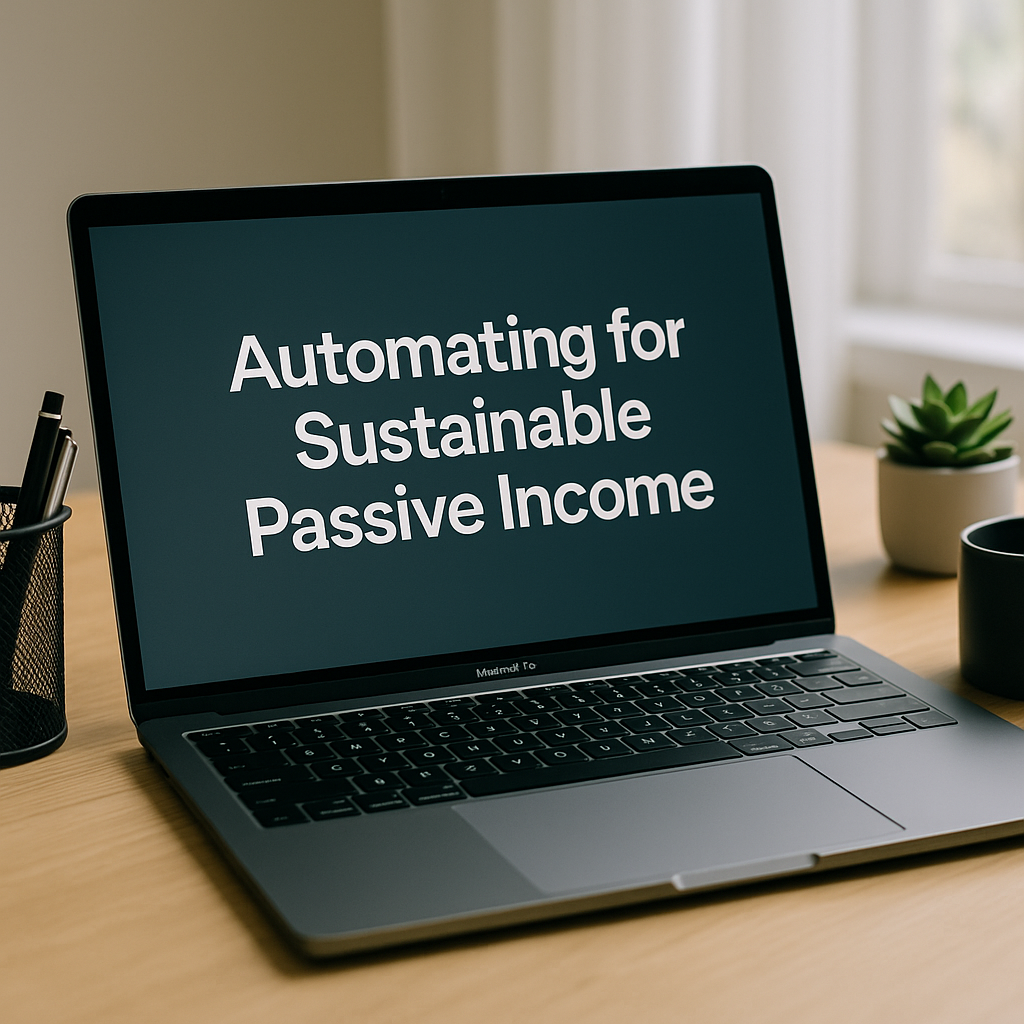Introduction
Passive income means setting up a system once and then watching it generate money with minimal ongoing effort. In this article, we’ll cover five straightforward strategies that anyone—from a high school student to a retiree—can implement in about 15 minutes. All technical terms are explained in plain English, so you can get started right away.
1. Open a High-Yield Online Savings Account
- What It Is:
A bank account that pays interest on your balance. The higher the “APY” (Annual Percentage Yield), the more interest you earn. - How to Begin:
- Search online for “high-yield savings account 1.00% APY or higher.”
- Compare any fees or minimum balance requirements.
- Transfer a portion of your emergency fund into the account.
- Set up an automatic monthly transfer so you never have to think about it again.
- Why It Works:
Interest compounds—meaning you earn interest on both your original deposit and any interest already paid—so your balance grows faster over time.
2. Use a Cashback Credit Card
- What It Is:
A credit card that returns a percentage of your spending as cash rewards. - How to Begin:
- Choose a card with no annual fee and 2%–5% cashback in categories you spend on most (groceries, gas, online shopping).
- Sign up online and activate your card.
- Pay off your balance in full each month to avoid interest charges.
- Why It Works:
You automatically earn free money on purchases you would make anyway, boosting your savings without extra effort.
3. Invest in Peer-to-Peer (P2P) Lending
- What It Is:
Lending small amounts of money to individuals or small businesses through an online platform, earning interest as borrowers repay. - How to Begin:
- Register on a reputable P2P site (e.g., LendingClub, Prosper, or a local alternative).
- Start with as little as $25 or its local equivalent per loan.
- Spread your investment across dozens of loans to reduce risk.
- Why It Works:
Typical annual returns range from 4% to 7%, and diversification (lending to many borrowers) helps protect your principal.
4. Buy Dividend-Paying Stocks
- What It Is:
Shares in companies that distribute a portion of their profits to shareholders, usually on a quarterly basis. - How to Begin:
- Research stable companies with a strong history of paying and raising dividends (e.g., large tech firms, consumer goods leaders).
- Open an online brokerage account that offers dividend reinvestment plans (DRIPs).
- Purchase shares before the “ex-dividend date” to qualify for the next payout.
- Why It Works:
You receive regular income checks, which you can reinvest to buy more shares—fueling compounded growth over the long term.
5. Create and Sell Digital Downloads
- What It Is:
Products like e-books, printable planners, templates, or graphic assets that customers download after purchase. - How to Begin:
- Design your product using tools you know—Canva, Google Docs, or Photoshop.
- Set up a seller account on platforms such as Etsy, Gumroad, or a local marketplace.
- Upload your file with a clear description and preview images, then set your price.
- Why It Works:
There’s no inventory, no shipping, and you earn each time someone downloads your file—automatically and indefinitely.
Common Tips for Success
- Start Small:
You don’t need thousands of dollars—invest or save with as little as $10–$50 to test the waters. - Automate Everything:
Scheduled transfers or reinvestments mean you never have to remember to take action. - Track Your Results:
Review your balances or sales once a month to see which ideas are working best.
Conclusion & Next Steps
Pick one of these five ideas today and spend 15 minutes setting it up. Even small actions add up—by this time next year, you could have a steady stream of extra income with barely any ongoing work. Let us know which idea you chose in the comments!









